30 records that fuelled my ambient obsession (part I)
Some of the absolute best the genre has to offer – and why I love them
[This post ran a little long – if you’re reading in your email app, click ‘read in app’ or ‘view in browser’ to get the whole thing]
Before we get stuck into this week’s edition, I wanted to clarify the cadence of this newsletter – I’ve had a few confused messages from readers, and that’s on me for being poor at communication (which is good, considering it’s literally my job …).
Every single person signed up to this newsletter will receive a post every Tuesday for free. That might be an artist interview (Fugazi’s Joe Lally), an extended essay on music culture (Glastonbury thrives while the grassroots music scene dies) or a genre deep dive (the post you’re reading right now). These posts can be read for a fortnight before they get added to the archive.
Readers paying £4.50 a month also get my weekly Friday post ‘In My Ears’, a listening diary where I write about new, old and obscure records I’ve been checking out across the previous seven days. There’s other stuff too, like early access to new YouTube videos, the full archive, the chat/comments sections, and a monthly Q&A video.
Hope that clears it up, but of course if you have questions about any of the above, drop me a message and we can chat!
I didn’t consciously sit down and listen to an ambient record until I was about 16 years old. Of course, I would have been exposed to music classified as ‘ambient’ way before that – swells of reverb, subtle tones wandering through your brain, a staticky pulse tickling your ears.
But at that age I thought music had to implicitly say something to be worth my time. Or if not say something, then at least do something.
I’ll never forget a friend handing me a memory stick full of albums some time around 2008, and wondering why on earth he’d included this record where nothing happens for the entire running time. Why would I listen to this when I could be enjoying something with lyricism I can get my teeth into, or a technically-impressive performance from musicians at the top of their game?
The album in question in which ‘nothing happens’ was Cluster and Eno, a record I now love and will cherish until I die.
At some point after being exposed to that, I started falling for records that didn’t seem to move at all. They just were, I guess. A hum in the room or a smear of reverb. A melody so stretched it was barely a melody at all.
It didn’t happen all at once, but slowly over the years it became a mode of music I returned to over and over again. Strolling through the countryside, rainy bus journeys, lying in bed nursing a particularly spiky hangover.
Ambient music has a habit of becoming a large part of your life if you let it in, and once you do it seems to rewire your brain. Ambient taught me how to listen to music in an entirely different way; gone are the hooks, the verse-chorus structures. Instead, you’re exploring a feeling. That’s what you should focus on.
These 30 records aren’t a canon of any sorts, more like a personal breadcrumb trail. Some are obvious picks, some a little more obscure, and some probably aren’t even ambient in the purest sense. But they all did the same thing: they taught me how to listen differently. Maybe they’ll do something similar for you, too.
Stick around next Tuesday for part II of this series, and in the meantime if you want to listen along whilst you read I’ve curated a playlist on Spotify and Apple Music.
Cluster and Brian Eno – Cluster & Eno (1977)
The album that began my obsession, Cluster & Eno is a collaboration between the legends of kosmische musik, Dieter Moebius and Hans-Joachim Roedelius, and the inimitable Brian Eno. Of course, most people are be introduced to ambient music through Eno’s solo works – and that’s no bad thing, with genre staples to enjoy like Music for Airports, Apollo: Atmospheres and Soundtracks and Another Green World. But for me, this was the gateway. The vibrato Moog tone of ‘Schöne Hände’ was the first thing to prick my ears, anchoring the soundscape as various electronic flourishes wind their way in and out. And Wehrmut is one of the best examples of the floating, weightless possibilities of ambient music. Just make sure you’re holding onto something when you listen.
On the playlist: ‘Schöne Hände’ & ‘Wehrmut’
Grouper – A I A: Alien Observer (2011)
Liz Harris explores the idea of the voice as a melodic instrument on her seventh Grouper record, a sombre and soul-stirring piece of work. The second-half of a project which began with A I A: Dream Loss, the halves form a whole which Harris described in a 2012 interview with The Quietus: “There is a water cycle described in the trajectory of the two. Dream Loss is trapped in waves, a kind of suffocating current, and Alien Observer is after the evaporation, a spreading into mist, hovering clouds.” Chords are masked in a murky wash, Harris utters melodic lines that dissipate amongst the fug – yet amidst all of that gloom the beauty of the music shines through.
On the playlist: ‘Moon is Sharp’ & ‘Vapor Trails’
Labradford – Fixed::Context (2000)
Typically thought of as a post-rock group, Virginia’s Labradford released music that had little interest in treading the worn path of genre clichés. Instead, the band, (which includes Robert Donne, who collaborated with Adam Wiltzie on the incredible Aix Em Klemm) subtracted elements from their set up to construct what can only be accurately described as ‘western ambient.’ Across the four tracks that make up this release, you are invited to let lethargic guitar melodies wander past as you lean against the porch of your dusty wooden shack. At least, that’s what this record makes me feel like, anyway. Better go load up Red Dead Redemption 2 again.
On the playlist: ‘Up to Pizmo’ & ‘Wein’
Global Communication – 76:14 (1994)
Perhaps one of the more contentious inclusions on this list, I’d find it difficult to argue if you wanted to say to me ‘this isn’t ambient you idiot, this is electronica/downtempo/chillout’. I would say, yes, you’re probably right. And yet. While Mark Pritchard and Tom Middleton do incorporate beats on 76:14 that doesn’t initially strike you as relevant to the genre, the scapes they create across the hour plus running time are some of my absolute favourites to come out of the 90s. One of the spaciest tracks of the lot, ‘9:39’ samples classical choral pieces and runs them through stacks of chorus and reverb to assemble blissful chords.
On the playlist: ‘7:39’ & ‘12:18’
Sarah Louise – Nighttime Birds and Morning Stars (2019)
North Carolina’s Sarah Louise Henson mines the ancient, rolling landscapes of the Appalachian mountains in her fusion of local folk music and solo guitar abstractions. Often playing on a 12 string throughout Nighttime Birds and Morning Stars, she frequently weaves her twangy play style through thick drones and skittering fretboard sounds. Elsewhere, she uses her voice in a way that nudges the record in the direction of spiritual music, as celestial harmonies cut through the sustained keyboard tones of ‘Late Night Healing Choir.’
On the playlist: ‘R Mountain’ & ‘Late Night Healing Choir’
Hiroshi Yoshimura – GREEN (1986)
Ambient music often suggests nature – tranquillity, openness, space. It's no wonder it feels like an an oasis of calm away from the bustling cities and towns, a haven amongst the boughs and thickets. Hiroshi Yoshimura was a legend of so-called environment music, or kankyō ongaku, and GREEN might be the best example of his musical genius. The intricate layering of 80s synths construct a lush world in the listener’s head, every new moment unfurling like a fresh discovery. For the longest time you could only listen to a dodgy upload of this on YouTube, until Light in the Attic finally reissued it in 2018.
On the playlist: ‘CREEK’ & ‘SLEEP’
Autechre – Garbage (1995)
Now before you brandish the pitchforks, I am aware that Autechre’s music is not ostensibly ‘ambient’. But Rob Brown and Sean Booth have flirted with ambience on and off since their first record Incunabula in 1993, bringing that to its fullest realisation with the NTS Sessions 4 finale ‘All End.’ Garbage is a four-track EP, and I defy anyone to not see the ambient qualities of the second half, ‘Bronchusevenmx’ and ‘VLetrmx’. The former of the two tracks repeats a percussive patter that sounds like rain hitting the concrete buildings of a muggy city, and the latter’s anxious synths mark a subtle peak in the duo’s emotional register.
On the playlist: ‘Bronchusevenmx’ & ‘VLetrmx’.
Julianna Barwick – The Magic Place (2011)
While Grouper might have played with the concept of the voice as a melodic instrument, Louisiana-born Julianna Barwick takes the idea even further on her debut record. I can still remember the first time I hit play on The Magic Place, the slow fade-in of ‘Envelop’ unfolding like a breath, wrapping its voices around my head and sinking into my soul. Some of the best ambient records don’t necessarily offer peace as their primary function – sometimes you want to feel unsettled, or melancholic. But The Magic Place is probably one of the most healing records on this list, providing the listener with a luxurious bed of graceful voices to rest your weary head.
On the playlist: ‘Envelop’ & ‘Vow’
Monolake – Silence (2009)
Ambient often conjures landscapes of green foliage, sun-drenched forests or deserted beaches. Silence is very different, a record that’s like ice cracking across water, or a bone-chilling wind whipping down deserted streets. Of course, I’m also being influenced by the cover art, a frosty eerieness that’s difficult to pinpoint. Is it ominous or calming? Amidst the ambience and the plodding beats of this record, there’s also a remarkable amount of depth. That’s not greatly surprising coming from the mind of Robert Henke, a sound obsessive who also helped develop Ableton Live. The sub-bass tones sound as if they plunge half a mile downward, and reverberating strings dance from one side of the scape to the other.
On the playlist: ‘Watching Clouds’ & ‘Shutdown’
William Basinski – Lamentations (2020)
I bet there’s many of you expecting to see a different Basinski work crop up on this list, and fair enough; The Disintegration Loops will likely go down as the most important work the composer will ever do. It’s an undeniably fascinating project, not just conceptually but also musically. To my mind, though, his 2020 record Lamentations is one of the most expressive collections of music he has produced to date. I was lucky enough to see this live at the Barbican in 2022; he stood alone on a dimly-lit stage, using a ream of tape and various synthesizers to perform the record in full. At the end, he held the disintegrating spool of tape up to the crowd, as if to say ‘don’t clap for me, clap for this.’
On the playlist: ‘The Wheel of Fortune’ & ‘Passio’
The Dead Texan – The Dead Texan (2004)
For those of you who love Stars of the Lid, this is a record to take notice of (more on them in next week’s edition). The Dead Texan was a project from Adam Wiltzie, one half of Stars of the Lid. He teamed up with artist Christina Vantzou to create an audiovisual project which became the record of the same name. Apparently Wiltzie felt these tracks were too ‘aggressive’ for Stars of the Lid, but that completely mis-sells this bewitching record. What you get here is 11 tracks of romantic brushstrokes, piano and guitar melodies drifting alongside long-held strings which fade in and out of the foreground.
On the playlist: ‘A Chronicle of Early Failures - Part 1’ & ‘La Ballade D’alain Georges’
Aphex Twin – Selected Ambient Works Volume II (1994)
No self-respecting ambient fan would leave off one of the defining electronic releases of the 90s, and I’m just as susceptible to its magic as anyone else. Richard D James released this monolith of a double album as a follow-up to Selected Ambient Works 85-92, but the pair are connected only in name. Bubbling electronic dance is replaced with resonant stacked chords, dread-inducing foghorns and loops which crank the anxiety up to maximum. It’s a curious listening experience; SAW II jumps track-to-track from sublime beauty to unsettling dread, meaning you can’t settle into it in the same way you can with many of the records on my list. But everything here is just perfect, and anyone with even the slightest interest in ambient music should know it.
On the playlist: ‘#13’ (‘Blue Calx’) & ‘#19’ (‘Stone in Focus’)
Fennesz – Venice (2004)
2001’s Endless Summer is almost always the Fennez record brought up when discussing the greatest ambient works. Don’t get me wrong, it’s brilliant. But I didn’t fall for Christian Fennesz’s music through that release. It was 2004’s Venice, complete with that enticing cover art, which drew me into his collage of spliced guitars and decaying static. Of all the records on this half of the list, this one stirs the deepest sense of nostalgia in me. But it’s that strange kind of nostalgia, one less about my own memories, and more like slipping into someone else’s. Listening feels like being transported into Fennesz’s recollections: wandering through Italy, watching the water of the Mediterranean lapping against the edges of towns and beaches.
On the playlist: ‘Chateau Rouge’ & ‘Circassian’
GAS – Pop (2000)
Long-time viewers of the YouTube channel might remember a special episode I released back in 2018 – a kind of mini-documentary experiment where I visited the ancient forest of Blean Woods to talk about the music of GAS, Wolfgang Voigt’s ambient project. It’s a fascinating body of work, one that tried to bring the forest to the dancefloor, melding atmosphere with the steady pulse of a club beat. Though there isn’t really a bad GAS release, Pop still stands out to me as the most technicolour and fully realised. I loved it before making that video, but it now holds a deeper personal resonance: I shot it with my little brother. What was already a brilliant piece of music is now intertwined with the memory of us making that video together, a moment that’s taken on its own lovely nostalgia over time.
On the playlist: ‘Pop 2’ & ‘Pop 5’
Eagle-eyed readers may notice I didn’t quite make it to 15 for the first half of this list. But never fear, I’ll be back with 16 more next week to complete it.
Please do let me know your favourite ambient records in the comments section, and what you think I might include in next week’s edition.



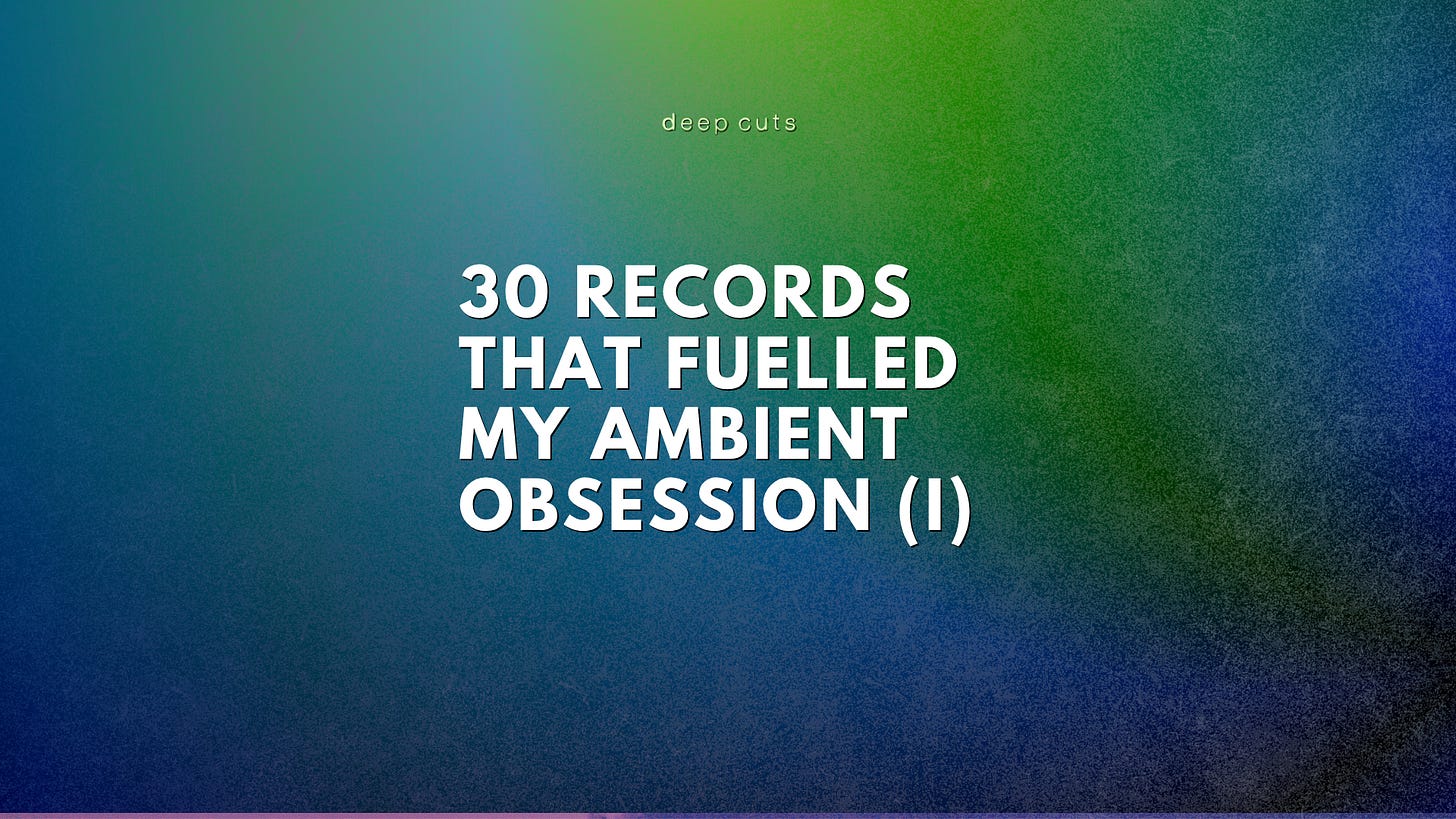
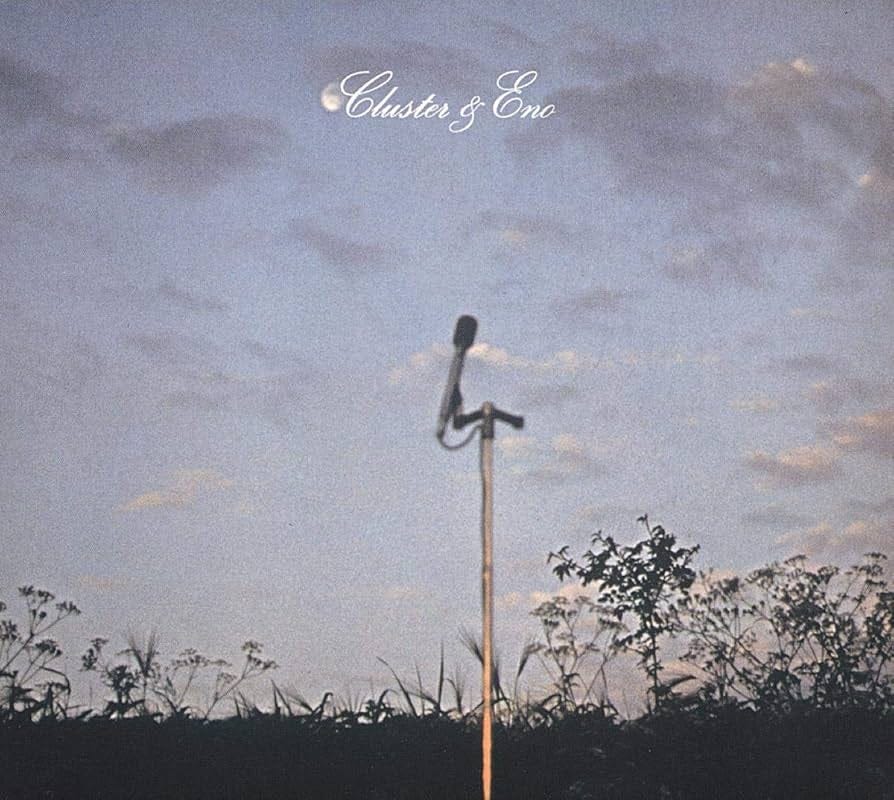


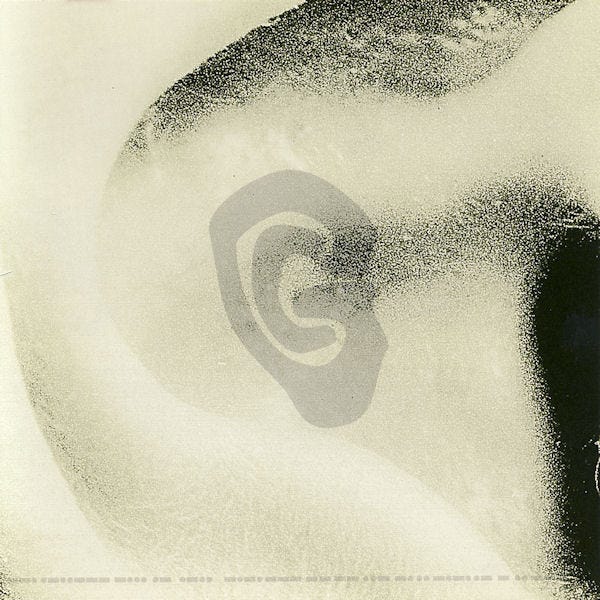


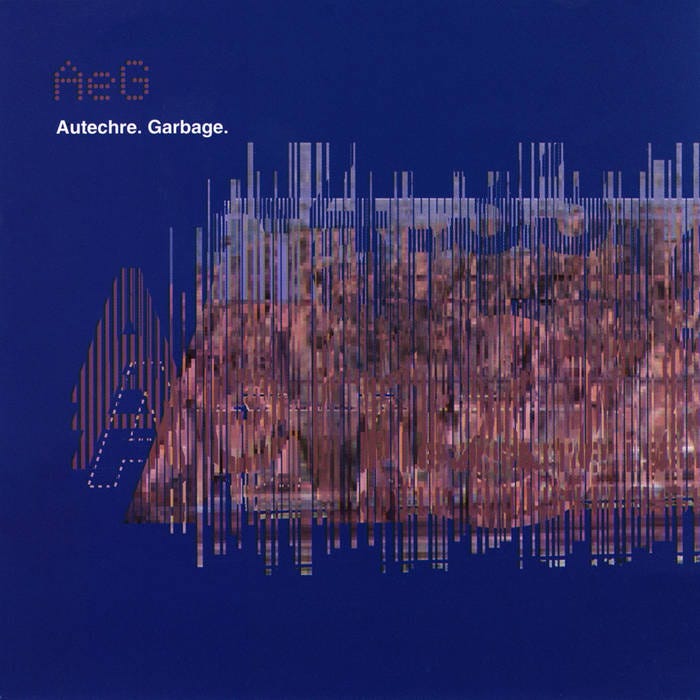
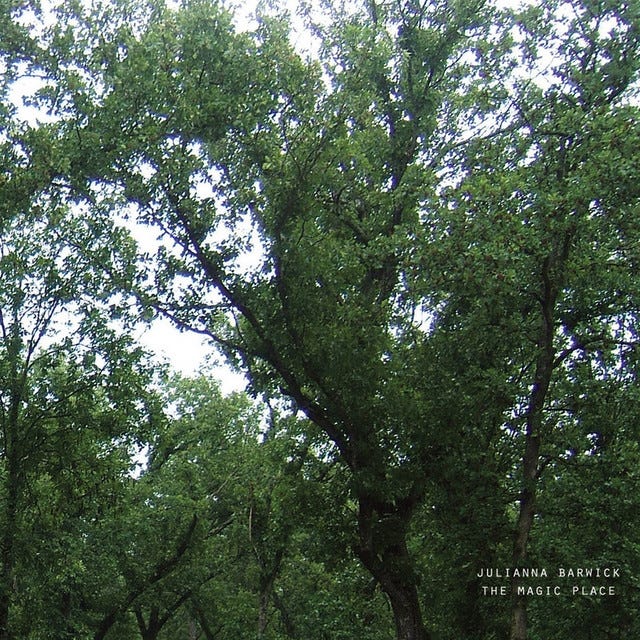
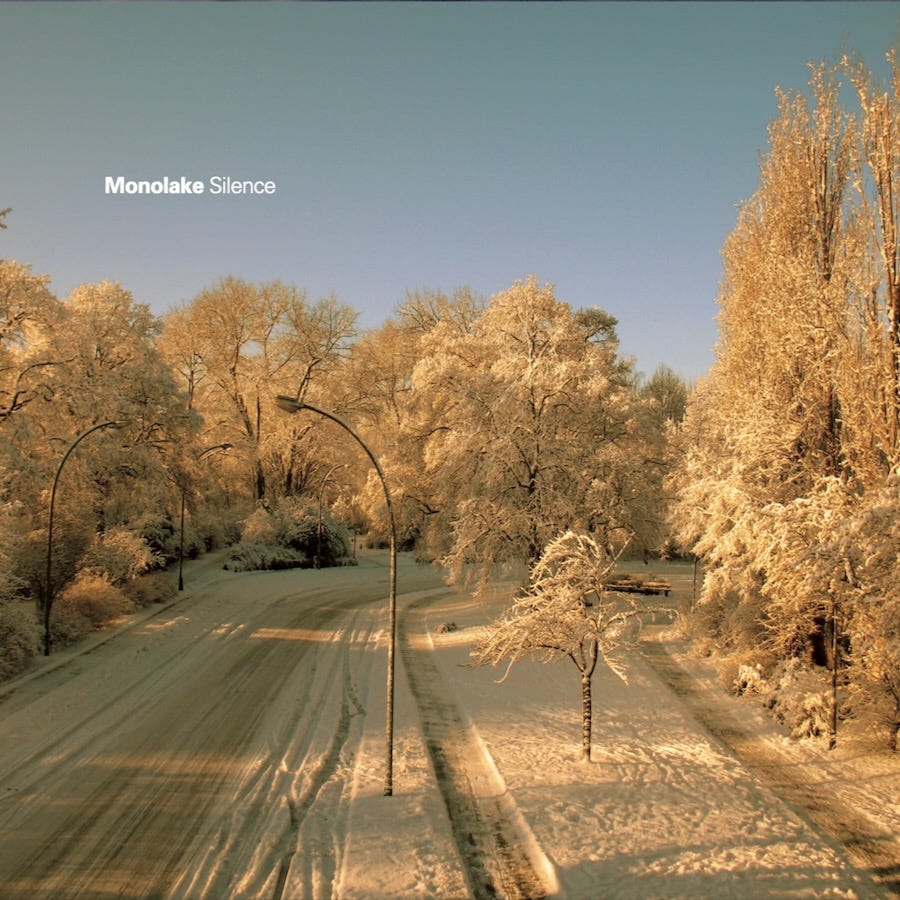

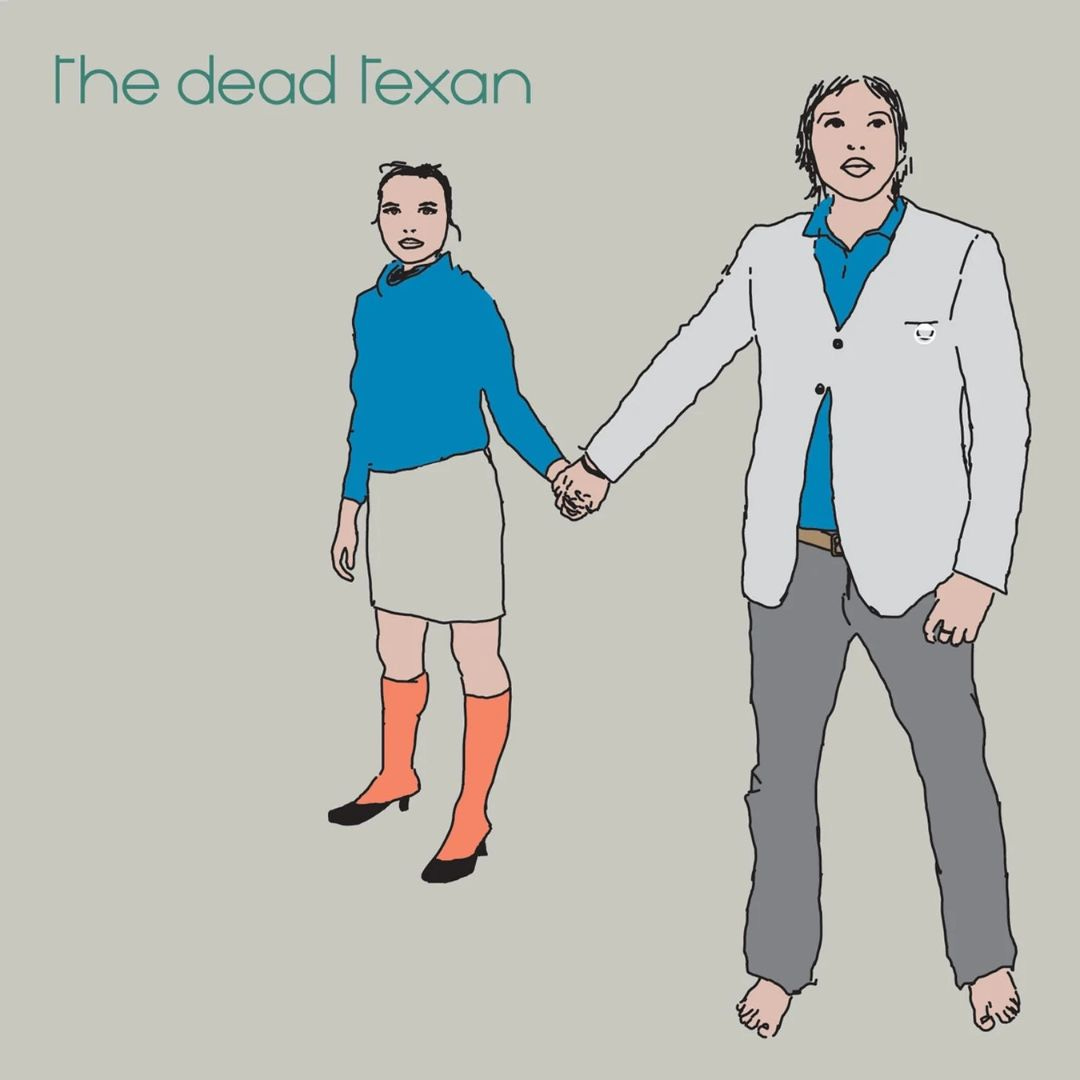
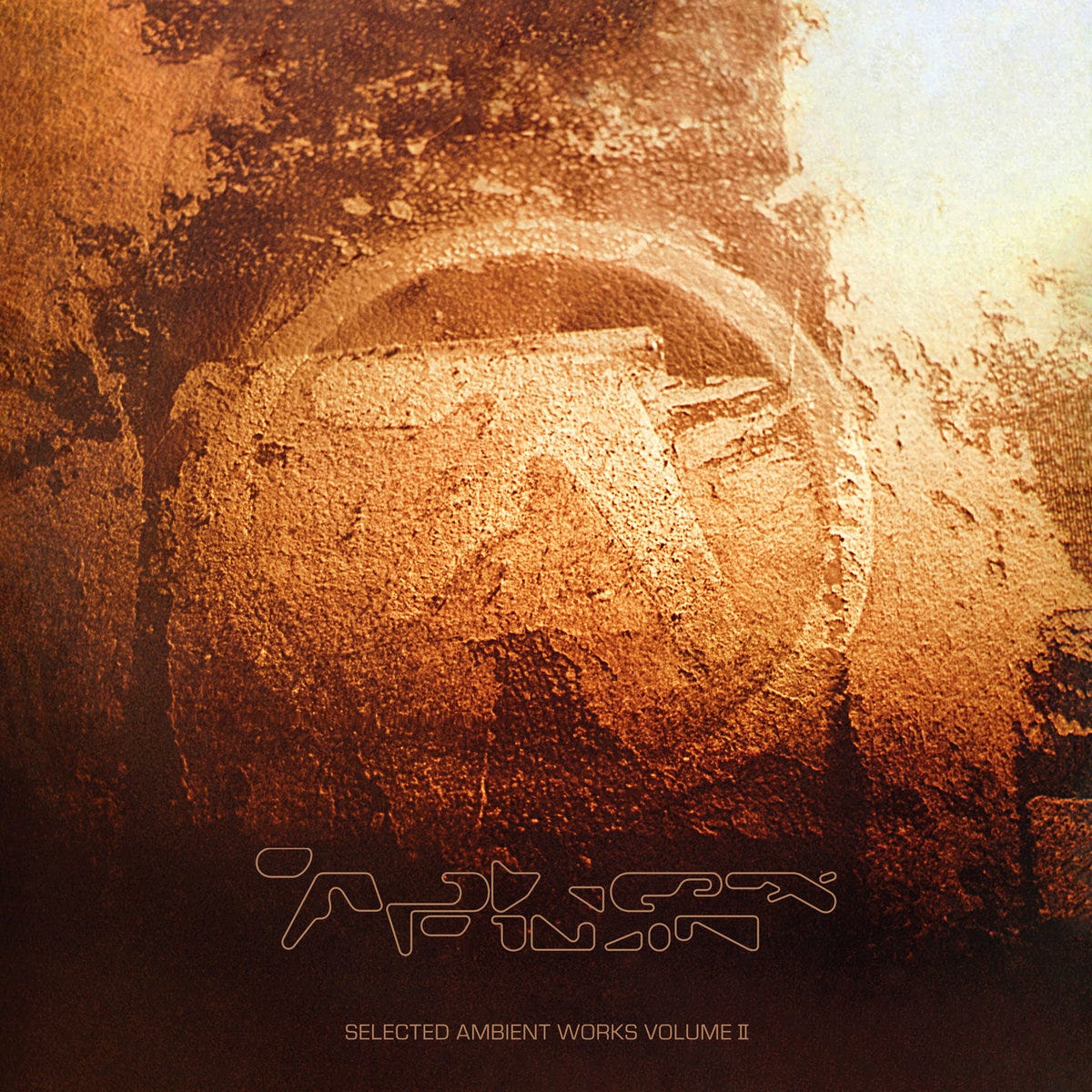

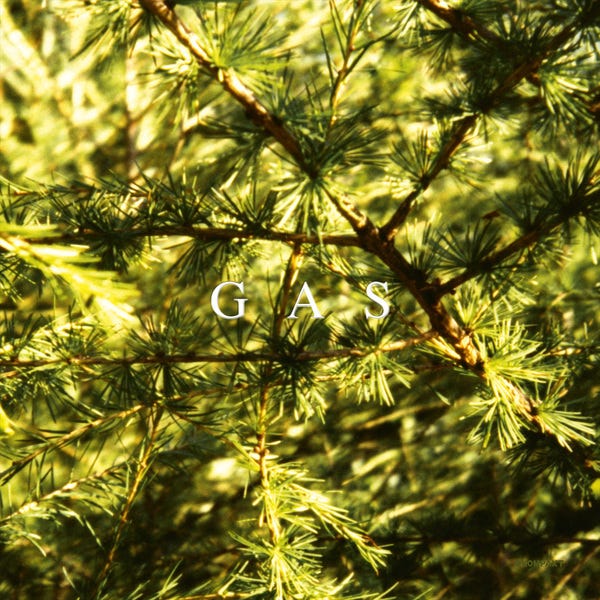
Some of my absolute favourites that don’t get talked about that much are Bibio’s Phantom Brickworks and Rival Consoles’ Persona. Two absolute gems everyone who loves ambient music should listen to.
Just commenting to say that I’ve come back to this guide several times in the last few weeks and have found many things I enjoy. I appreciate you putting this together and I’m excited to keep revisiting it.